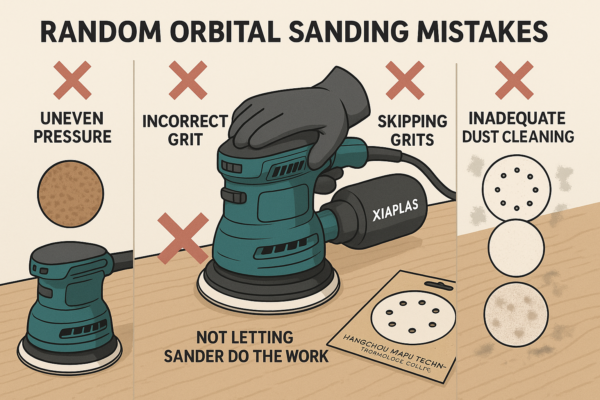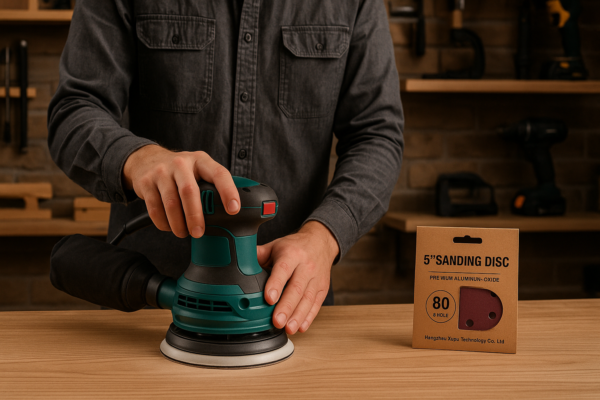What is the Best, Most Reliable, Five Inch Random Orbit Sander?
Are you looking for the perfect sander for your woodworking projects? Do you need a reliable tool that delivers smooth results? Finding the best five-inch random orbit sander can be tricky.
The "best" five-inch random orbit sander depends on your specific needs and budget, but models known for their reliability and performance often feature variable speed control and efficient dust collection.
Choosing the right sander is important.
Picking a reliable five-inch random orbit sander is key to achieving smooth finishes on your projects. Factors like power, ergonomics, and dust collection play a big role in performance.
What Are the 5 Most Common Mistakes People Make with a Random Orbital Sander?
Are you using a random orbital sander and not getting the results you expect? Do you feel like you might be doing something wrong? Even experienced woodworkers can make mistakes with this tool.
The five most common mistakes people make with a random orbital sander are applying too much pressure, using the wrong grit sandpaper, not letting the sander do the work, skipping grits, and not cleaning dust properly.
Avoid common sanding mistakes.
Understanding common mistakes helps you get the most out of your random orbital sander.
Applying Too Much Pressure
Don’t push down hard on the sander. The weight of the tool is usually enough. Too much pressure can slow the orbit, create swirl marks, and damage the motor.
Using the Wrong Grit Sandpaper
Starting with too fine a grit won’t remove material effectively. Starting with too coarse a grit will leave deep scratches that are hard to remove. Always begin with a grit appropriate for the surface condition.
Not Letting the Sander Do the Work
Let the sander glide over the surface at its own pace. Moving too quickly won’t allow the sandpaper to do its job properly, leading to an uneven finish.
Skipping Grits
Always progress through the sandpaper grits sequentially (e.g., 80 grit, then 120, then 180). Skipping grits means the finer paper has to work harder to remove the scratches from the coarser paper, resulting in a less smooth finish. NOVOGRIT offers a full range of grits perfect for random orbital sanders.
Not Cleaning Dust Properly
Dust build-up can clog sandpaper and cause swirl marks. Regularly clean the dust collection bag or connect the sander to a vacuum. Dust on the workpiece can also be trapped by the sandpaper, scratching the surface.
Which is Better, Orbital Sander or Random Orbital Sander?
Are you confused by the different types of sanders available? Do you need to know if an orbital sander or a random orbital sander is better for your projects? Each has its own strengths.
A random orbital sander is generally better for achieving a smooth, swirl-free finish on wood, while a standard orbital sander is more suitable for less critical tasks like paint removal or rough sanding.
Random orbital sanders offer better finishes.
Understanding the movement of each sander explains why one is often preferred for fine woodworking.
Orbital Sander Movement
An orbital sander moves its sanding pad in small circles. This can leave a noticeable pattern of swirl marks on the surface, especially on bare wood. It’s good for removing material quickly or preparing surfaces for paint where swirl marks won’t show.
Random Orbital Sander Movement
A random orbital sander combines two movements: the pad spins in a circle, and at the same time, it moves in an elliptical or random pattern. This random motion prevents the sandpaper from following the same path twice in a row, significantly reducing the appearance of swirl marks. This makes it ideal for sanding bare wood that will be stained or finished clear. For achieving a truly smooth surface before applying finishes like those that work well with NOVOGRIT’s abrasives, the random orbital sander is the superior choice.
What is the Best All-Round Sander?
Are you looking for a single sander that can handle most of your sanding needs? Do you want a versatile tool that works well for different tasks? Finding the best all-round sander can save you time and money.
For most woodworking and DIY tasks, the five-inch random orbital sander is often considered the best all-round sander due to its versatility in removing material and producing smooth finishes.
A random orbital sander is versatile.
The random orbital sander’s ability to both remove material and leave a relatively smooth surface makes it a great choice for a variety of projects. It’s effective for stripping paint, smoothing rough wood, and preparing surfaces for finishing. While specialized sanders like belt sanders or detail sanders exist for specific tasks, the random orbital sander strikes a good balance for general use. Its random motion minimizes swirl marks, which is crucial for projects where the wood grain will be visible. With different grit sandpaper, you can go from rough sanding to fine finishing. This adaptability, combined with its ease of use, makes it a strong contender for the title of best all-round sander for many users.
What is the Quietest Random Orbital Sander for Woodworking?
Is noise a major concern for you when woodworking? Do you want a random orbital sander that won’t hurt your ears? Finding a quiet model can improve your workshop experience.
While no random orbital sander is completely silent, models designed with better motor insulation and vibration reduction tend to be quieter, making them preferable for woodworking in noise-sensitive environments.
Quieter sanders are more comfortable.
Sander noise levels vary significantly between models. Factors that influence noise include the motor design, the quality of the bearings, and the overall construction of the tool. Sanders with brushless motors are often quieter than those with brushed motors. Vibration can also contribute to perceived noise, so sanders with good vibration dampening will feel and sound quieter. Look for specifications regarding decibel levels if available, but user reviews are often the best source of information on real-world noise performance. While you should always wear hearing protection when using power tools, choosing a quieter sander can still make a big difference in your comfort level during extended sanding sessions.
Conclusion
Choosing the right random orbital sander involves considering reliability, understanding common mistakes, recognizing its advantages over standard orbital sanders, appreciating its versatility as an all-round tool, and factoring in noise levels for a better woodworking experience.
You may also be interested in:

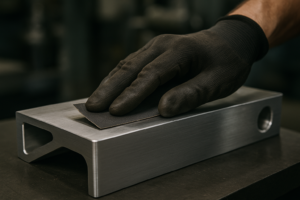
Best Sandpaper for Aluminum: NOVOGRIT's Guide to Flawless Finishes
What is the Best Type of Sandpaper to Use on Aluminum? Do you find yourself frustrated by sandpaper that gums up instantly when you try to smooth aluminum? It is
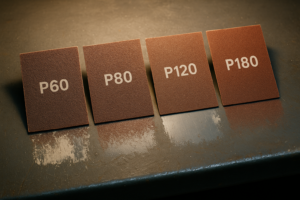
Best Sandpaper for Paint Removal: Grits, Types, & Tips | NOVOGRIT
What is the Best Sandpaper for Removing Paint? Are you tired of staring at chipped, peeling paint on your furniture, walls, or even your car? It’s a common problem, and
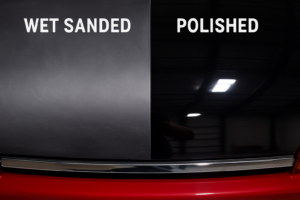
Automotive Wet Sanding: Supplies, Liquids & Best Sandpaper
Automotive Wet Sanding Supplies: What Do You Really Need? Wet sanding is a crucial technique in automotive refinishing, used to achieve a flawlessly smooth surface before painting or polishing. Unlike
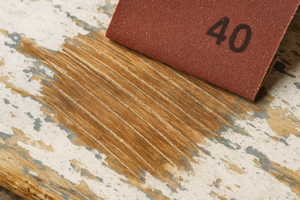
Best Sandpaper for Paint Removal & Grit Guide
What Is the Best Sandpaper for Removing Paint? Removing old paint can be a tedious job, but using the right sandpaper makes all the difference. It’s not just about grit;
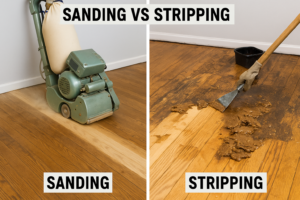
Hardwood Floor Sanding: Screen vs. Sandpaper & Best Practices
Sanding Screen vs. Sandpaper for Hardwood Floors: Which is Best? When you’re tackling hardwood floor projects, choosing the right abrasive is crucial for achieving a smooth, professional finish. Both sanding

Paper Backing vs. Mesh Sanding Discs: Which Abrasive to Choose?
Paper Back vs. Mesh Sanding Discs: Which One Should You Pick? Choosing the right sanding disc backing can significantly impact your project’s efficiency and finish quality. Paper-backed discs are a

Sanding Mesh vs Paper: Which is More Economical and Better?
Is Sanding Mesh More Economical Than Sandpaper? Comparing Abrasive Costs When stocking up on abrasives, cost is always a factor. Paper sandpaper has traditionally been the standard, but newer mesh
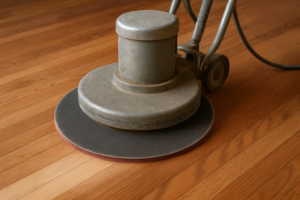
Sanding Nets & Screens Use Cases: When to Choose Mesh Abrasives
Sanding Nets and Screens: What Are Their Best Use Cases? When you encounter sanding nets or screens, you might wonder where they fit into your sanding projects. Unlike traditional solid-backed

Paper vs. Mesh Sanding Discs: Which Abrasive to Choose?
Paper vs. Mesh Sanding Discs: Which Should You Buy? Choosing the right abrasive disc is essential for efficient and effective sanding. Two primary types dominate the market: traditional paper-backed discs


